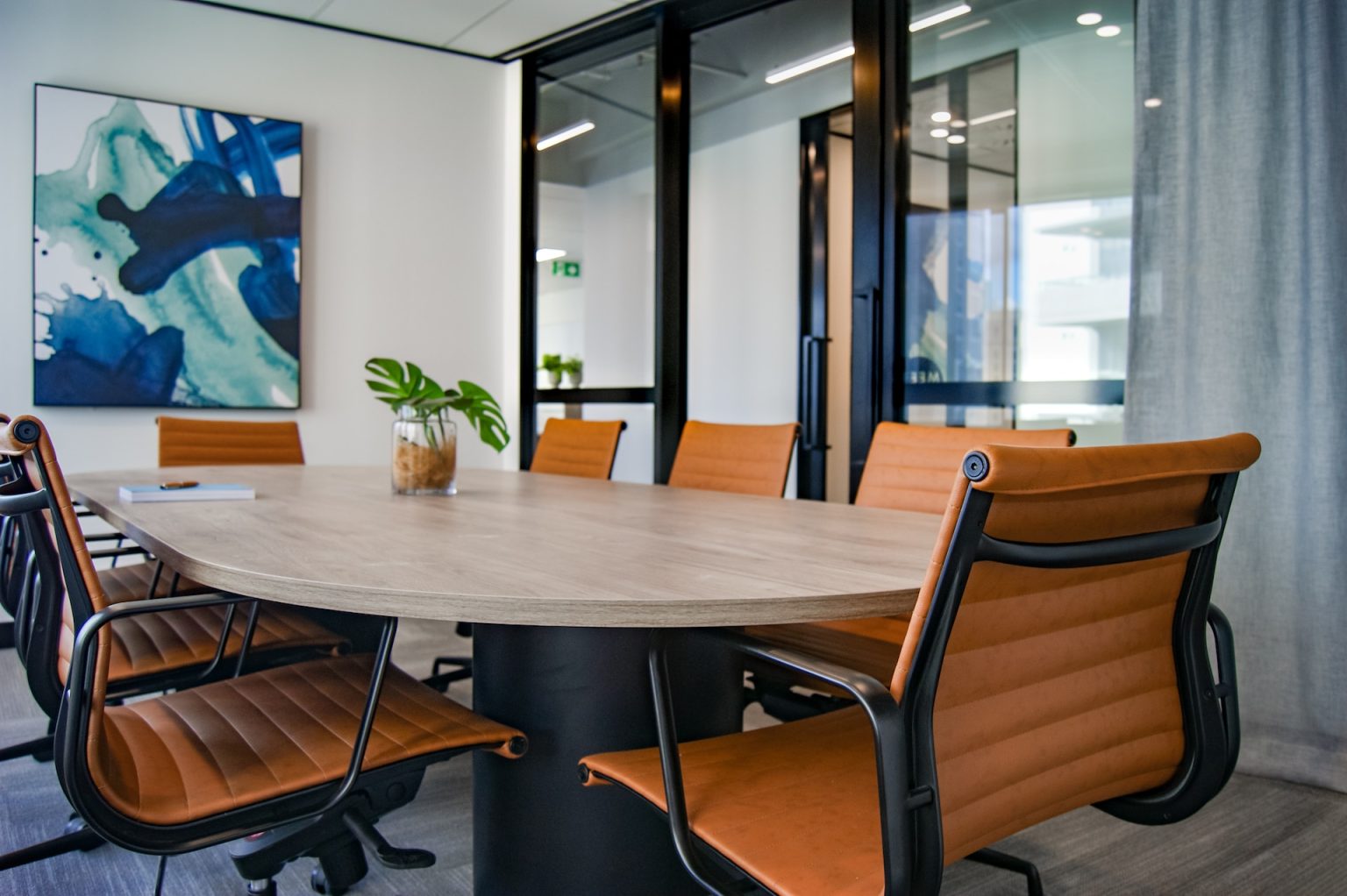As the corporate landscape evolves and workplaces embrace more flexible and dynamic environments, the design and functionality of office furniture are also undergoing a significant transformation. One area that is witnessing a notable revolution is seating solutions. Gone are the days of traditional, static office chairs; the future belongs to innovative seating solutions that prioritize ergonomics, health, and adaptability.
Chair for Office
Traditional office chairs often neglect the importance of ergonomics, leading to discomfort and health issues among employees. The future of office chairs revolves around prioritizing ergonomic designs that cater to the well-being of chair for office individuals spending long hours at their desks. Advanced materials and engineering techniques are being employed to create chairs that provide optimal lumbar support, maintain a natural spine alignment, and reduce the risk of musculoskeletal problems.
Adaptable and Flexible Designs
Flexibility is a key aspect of the modern workplace, and office chairs are no exception. The future sees the rise of adaptable chairs that can cater to different work scenarios. From collaborative spaces to private offices and shared workstations, these chairs can easily transform to meet the needs of the user. Adjustable height, swivel capabilities, and modular components are becoming standard features, allowing employees to customize their seating experience based on their tasks and preferences.
Intelligent Seating
The integration of technology into office furniture is becoming increasingly prevalent, giving rise to intelligent seating solutions. Smart office chairs are equipped with sensors and connectivity features to monitor user behavior and provide insights into individual well-being. These chairs can remind users to take breaks, adjust their posture, or even suggest stretches to reduce the negative impacts of prolonged sitting. The data collected can also be valuable for employers looking to optimize workspace layouts and enhance employee productivity.
Office Desk
The materials used in office furniture are also evolving to align with a more health-conscious approach. Eco-friendly and sustainable materials are gaining popularity, not only for their positive environmental impact but also for their office desk contribution to indoor air quality. Antimicrobial and hypoallergenic fabrics are being incorporated into office chairs to create a healthier work environment, especially in the wake of global health concerns.
Aesthetic Appeal and Customization
The future of office chairs doesn’t compromise on aesthetics. Designers are focusing on creating visually appealing chairs that complement modern office spaces. Customization options are expanding, allowing users to choose from a variety of colors, materials, and finishes to match their style and the overall aesthetic of the workplace. This not only enhances the visual appeal of the office but also fosters a sense of individuality among employees.
Innovative Seating Collaborations
As the demand for innovative seating solutions grows, manufacturers are increasingly collaborating with ergonomic experts, healthcare professionals, and even technology companies. These partnerships aim to combine expertise from different fields to create chairs that prioritize health, comfort, and performance. Such collaborations are likely to drive the development of cutting-edge seating solutions that go beyond the traditional confines of office furniture.
The future of office chairs is a blend of advanced technology, ergonomic design, and a commitment to employee well-being. As the corporate world recognizes the importance of creating conducive and healthy work environments, innovative seating solutions play a crucial role in shaping the way we experience the workplace. From adaptable designs that cater to various work settings to intelligent chairs that promote healthy habits, the evolution of office chairs is an exciting journey toward a more comfortable and productive future. Embracing these innovations will not only enhance the well-being of employees but also contribute to the overall success of organizations in the dynamic and competitive business landscape.

